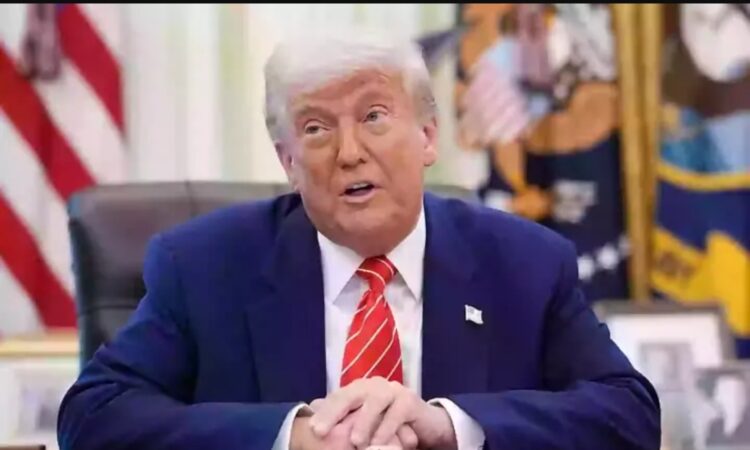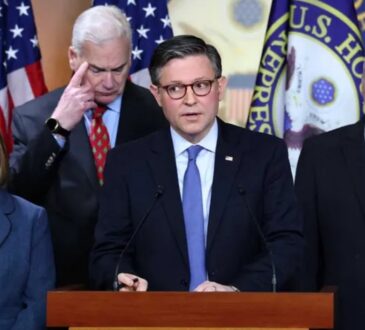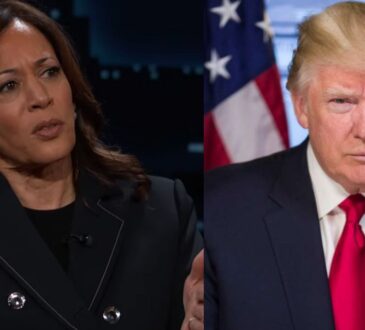President would have to brutally kill volunteer for access to nuclear codes in seriously grim proposal

A shocking and deeply unsettling idea was once proposed about how a U.S. president might access nuclear launch codes, and it involved a method far more personal and horrifying than what we have today. Right now, the nuclear codes officially called “gold codes”are kept on a small plastic card known as “the biscuit.
This card is carried in a briefcase referred to as “the Nuclear Football,” which never leaves the president’s side and is guarded by a military officer at all times. If the president decides to launch a nuclear strike, he uses the codes on the biscuit as part of a carefully structured process involving multiple layers of security and confirmation. The system is designed to be serious and secure, but still allows for relatively quick action if needed.
But back in 1981, Roger Fisher, a respected Harvard law professor and expert in conflict resolution, proposed an alternative that shocked even Pentagon officials. His idea was brutal and extreme on purpose. He believed that the decision to launch nuclear weapons—the most destructive force mankind has ever created should never be made easily or without fully understanding its human cost.
To drive that point home, Fisher suggested a chilling method: implant the nuclear codes inside the chest of a young volunteer, someone likely to be a Navy officer. This person would follow the president everywhere, just like the person currently carrying the Nuclear Football.
The twist was that the volunteer would also carry a heavy butcher knife. If the president ever wanted to launch nuclear weapons, he would have to use that knife to kill the volunteer himself—physically and deliberately—with his own hands, in order to retrieve the capsule containing the codes.
This wasn’t meant as some bizarre form of punishment, but as a grim philosophical test. Fisher’s thinking was that the president, before deciding to take millions of lives with the push of a button, should be forced to take one innocent life face-to-face. That act would represent all the unseen deaths caused by a nuclear strike, and the hope was that this horrific moment would make any president fully grasp the weight of their decision before carrying it out.
Fisher didn’t try to soften the horror of this idea. He openly described it as intentionally extreme, a way of exposing the cold distance that can exist between leaders and the consequences of their decisions. If the president couldn’t bring himself to kill one person standing right in front of him—someone who had volunteered for that role knowing the risk—then maybe he shouldn’t be allowed to kill millions from afar. It was a brutal but powerful way of forcing empathy into a process that too often can feel like it’s just about strategy, power, or politics.
When Fisher brought up this idea to people in the Pentagon, the reaction was immediate and emotional. Officials were horrified. They said the method was too disturbing, too intense, and that it might distort the president’s judgment.
One even said that a president might never go through with it. And Fisher’s response to that was simple: exactly. That was the whole point. If you make the decision that personal, that human, then maybe just maybe the president would stop and reconsider.
Fisher’s proposal was never meant to be adopted as actual policy. It was a thought experiment, a philosophical warning about how easy it is for powerful people to make deadly decisions without truly feeling the cost. It was a reminder that behind every nuclear weapon are not just targets, but people—families, cities, entire futures.
His idea, as grim as it sounds, was meant to bring morality and emotion back into a process that could otherwise feel cold and clinical.
Even today, Fisher’s suggestion stands as a chilling but important commentary on the power to destroy the world. It forces us to ask who should hold that power, how it should be used, and whether the people who might one day use it fully understand the consequences of what they’re doing. In a world where nuclear weapons still exist and tensions between countries can rise quickly, that question remains just as relevant as ever.




